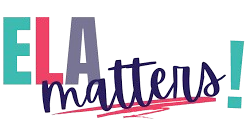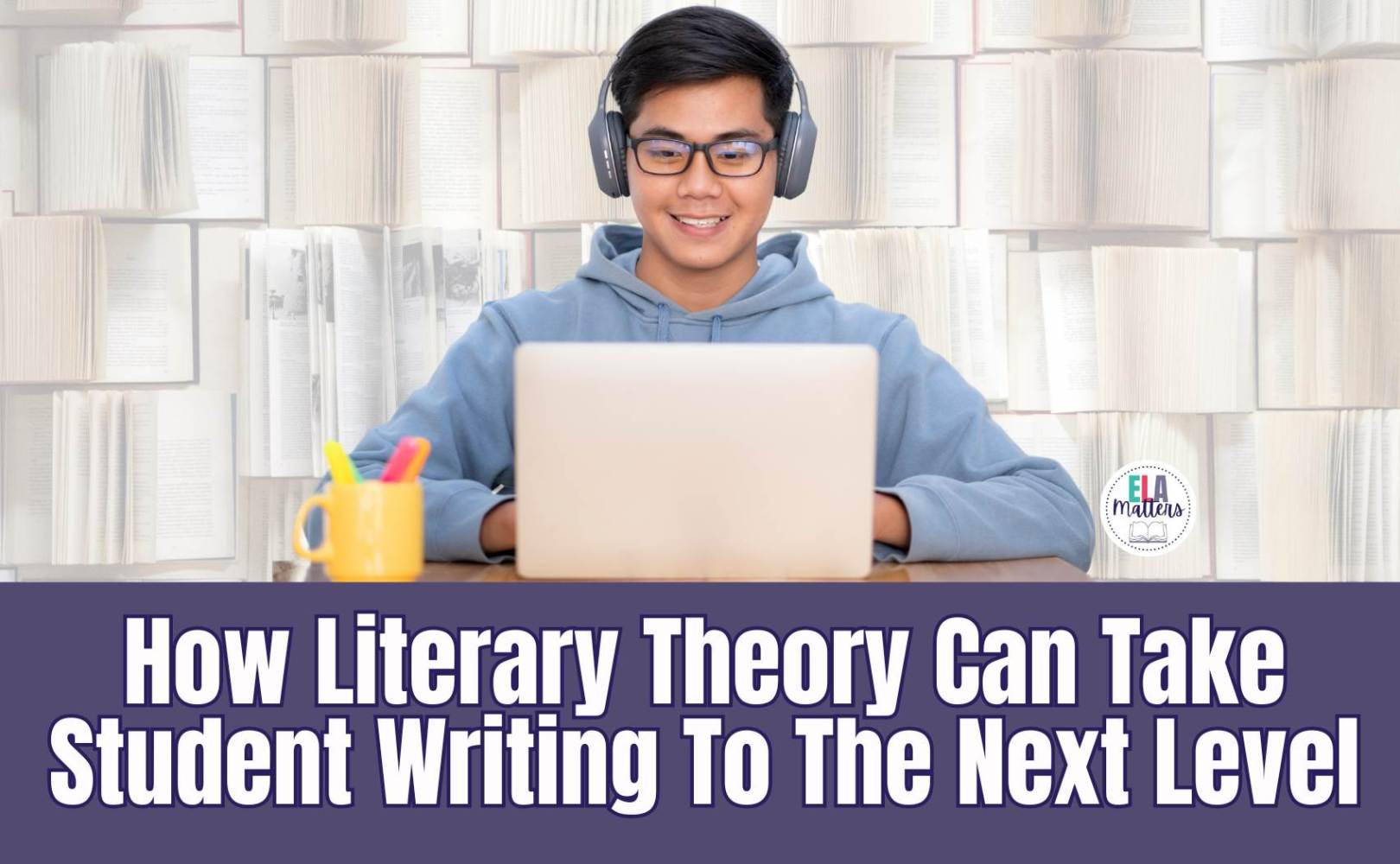Keeping writing fresh in high school can be a real challenge. We all have a variety of tips and tricks for teaching writing; in fact, we’ve written a bunch of them on this very site! But what about how to take writing to a next level?
There are additional aspects of style and rhetorical elements that students can use but my favorite way to elevate students’ writing is to apply literary theory. Plus, this inevitably works to incorporate style and rhetoric too!
Literary Theory Lesson Planning
If you have not already done so, introduce students to the importance of literary theory in understanding texts.
Here are some ideas:
- Uncovering layers of meaning
- Applying critical thinking skills
- Examining context – social, historical, cultural
- And of course, enhancing communication and writing skills.
From there introduce (or review) a literary theory that can apply to the text you’re reading in class.
For example, feminist theory as a lens for analyzing literature would focus on gender roles, power dynamics, and representing. This could include the Bechdel test, intersectionality, the male gaze, and more! Check out this ready-made feminist literary theory lesson plan with a presentation focused on student-friendly language that is editable for teachers!
Need to back and plan a lesson to teach literary theory? Check out this post all about using a single text for a variety of theories!
Writing Workshop Using Literary Theory
Once students have the background for the theory, it’s time to shift to analysis and writing mode!
Depending on the text you’re studying, be it a novel, short stories, or poetry, there is likely a few literary theories that might apply. Including this element of choice is ideal so students can use the theory they’re most comfortable with and understand best.
With some students, I encourage them to choose a theory and start the analysis process by applying guiding questions from the chosen theory. Once they have some answers (and analysis) they can choose what might work best in an essay.
For other students I provide essay topics for a variety of literary theories so that the work is not in the brainstorming and wider-scope analysis but in choosing the best ideas and support from the text they’re studying.
Once students have a topic and some points of analysis, they can dive into writing. You might start with an outline – check out this print and digital option – before moving to a full draft; I still love a straightforward 5-paragraph essay.
The outline can be a way to assess students’ progress as well as their knowledge and understanding of the task. (In the age of AI, I like to use outlines as a way to not only scaffold learning but operate as a check in. I also provide grades for process work so it’s not a matter of relying wholly on a final product for the full mark; this type of pressure has been the source of much plagiarism in my teaching experience!).
Case Study with The Great Gatsby
Let’s consider some guiding ideas or topics for an essay about F. Scott Fitzgerald’s The Great Gastby using different literary theories.
Feminist Theory
- The portrayal of female characters such as Daisy Buchanan and Jordan Baker, especially with respect to their agency, choices, and actions
- The power dynamics between male and female characters and how these contribute to the novel’s themes of wealth and social class
Marxist Theory
- The economic disparity between old money (Tom Buchanan) and nouveau riche (Gatsby)
- The novel’s critique of the American Dream and its influence on characters’ lives and relationships
- The symbolism of the green light, Gatsby’s mansion, the cars, in relation to class aspirations
Psychoanalytic Theory
- Motivations of characters such Nick Carraway, Jay Gatsby, etc.
- Gatsby’s romantic obsession with Daisy and ties to his family dynamics
- Symbolism of dreams and nightmares in the novel and the implications for the characters’ psyches
Post-colonial Theory
- The novel’s treatment of the US as a colonized space. Who is present? Who is absent? Why?
- How does the narrative reflect or challenge dominant cultural norms of the time.
If it seems daunting to cover all of these theories, then make life easier with this bundle of lessons featuring six literary theories.
Or if you’d like to offer a briefer overview to students consider this 6-pack of Literary Theory Reference Posters to use in class.
The Challenge of Literary Theory
In class I often call literary theory the mathematics of ELA. My students laugh but here’s how I explain it. There’s often something in math that’s a challenge and you feel frustrated and often need some extra time to ‘get’ it. But when you do get it then it’s an awesome feeling since it means you can handle the challenge and take on another one! The same is true for literary theory! It can be tough at times but with support and persistence that awesome feeling of understanding is just a short bit away!

